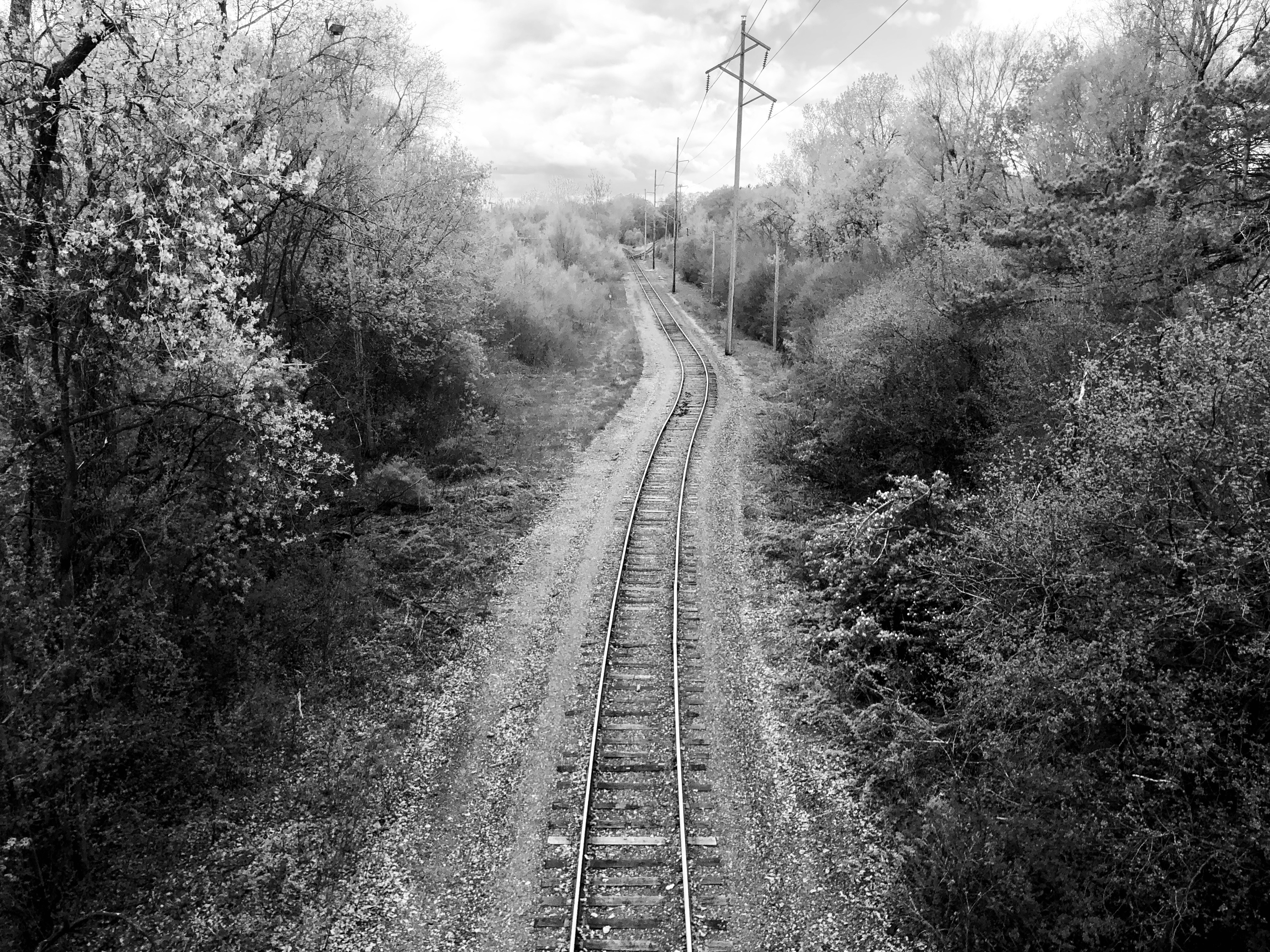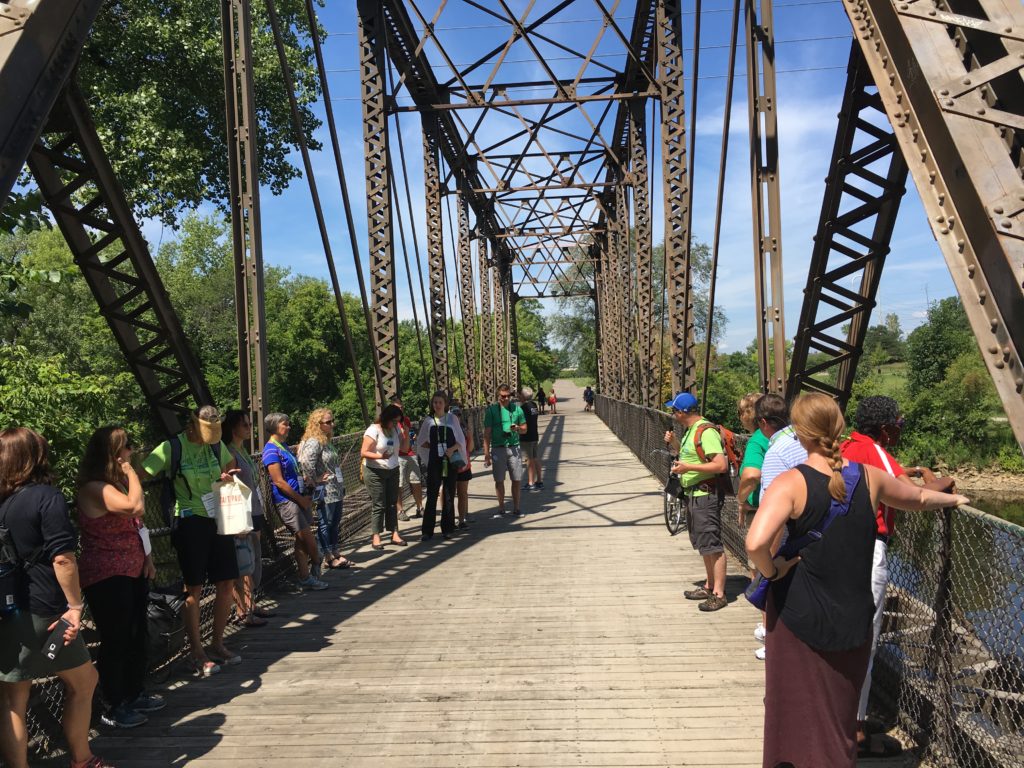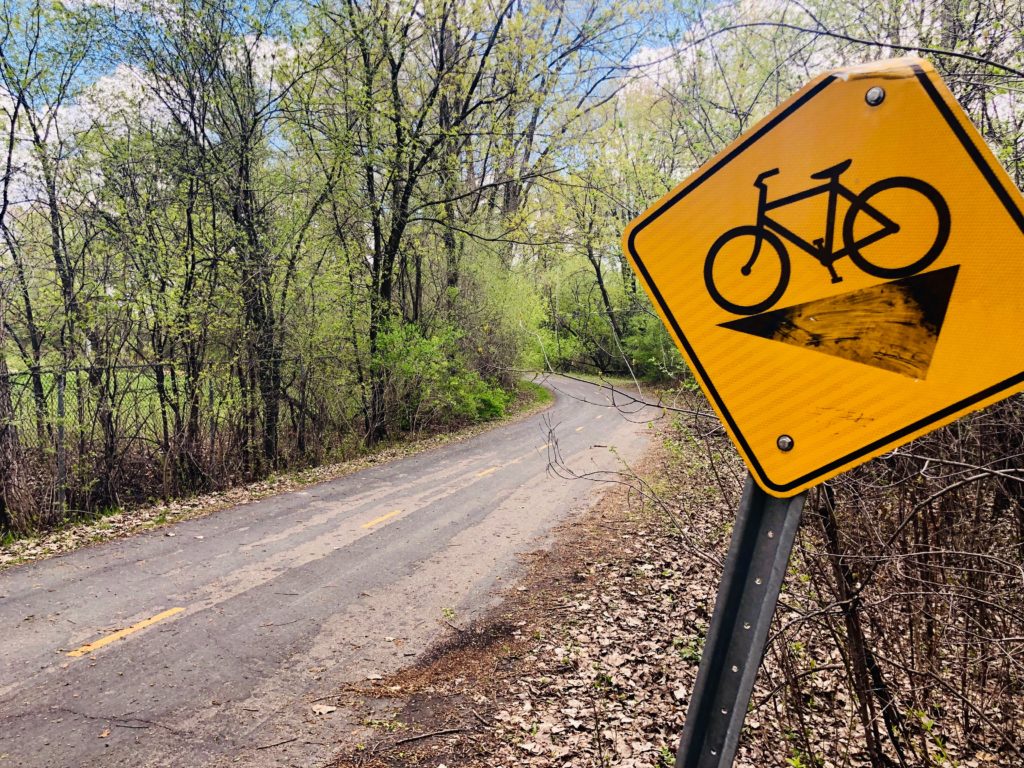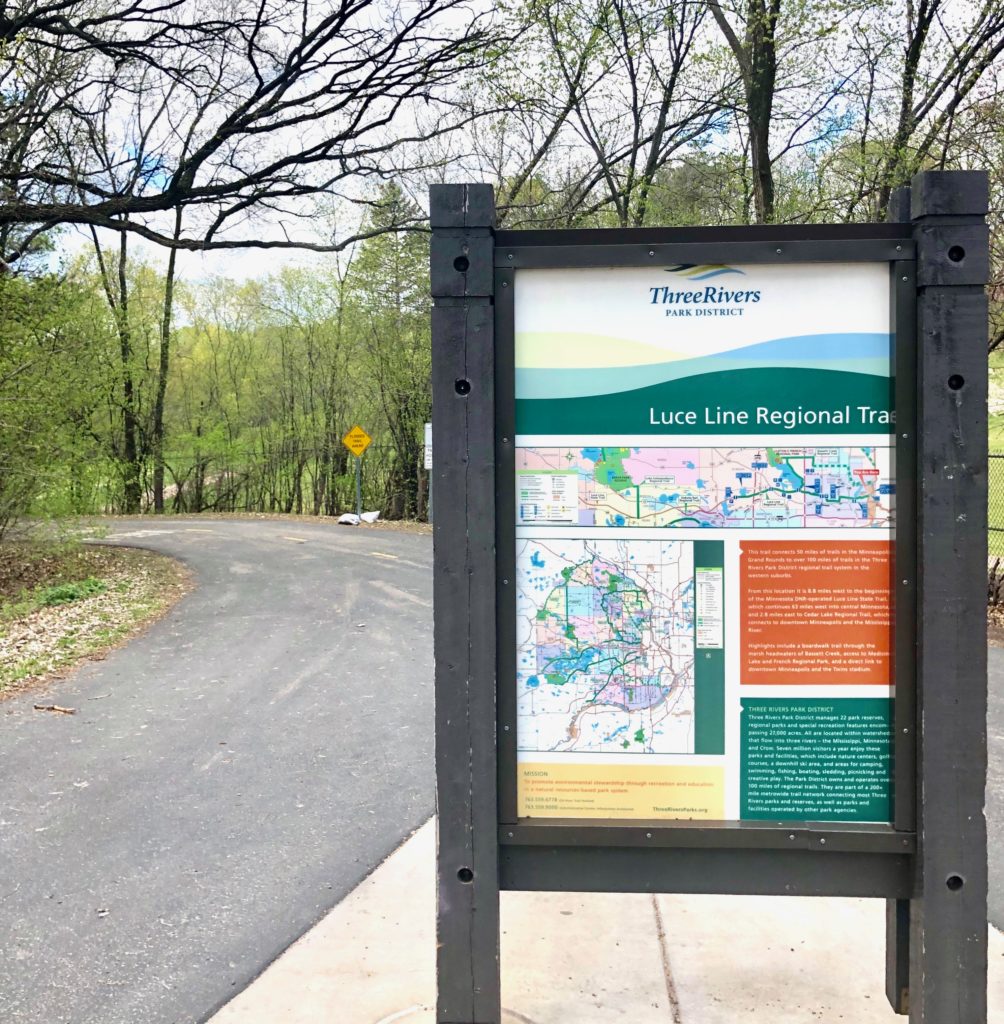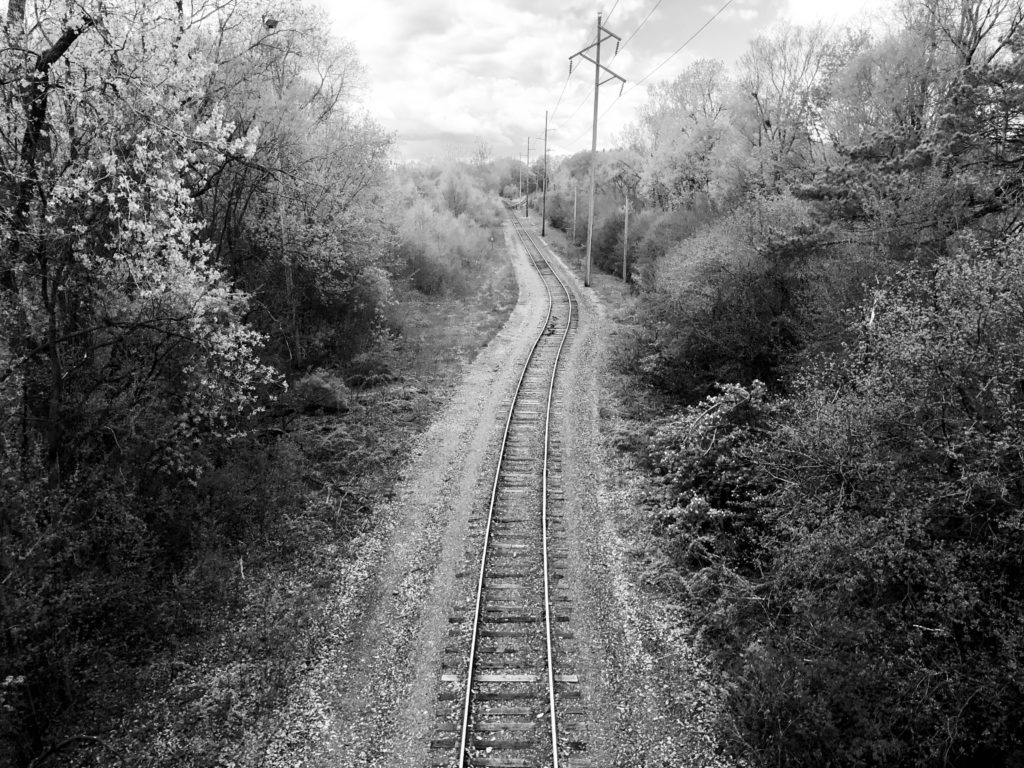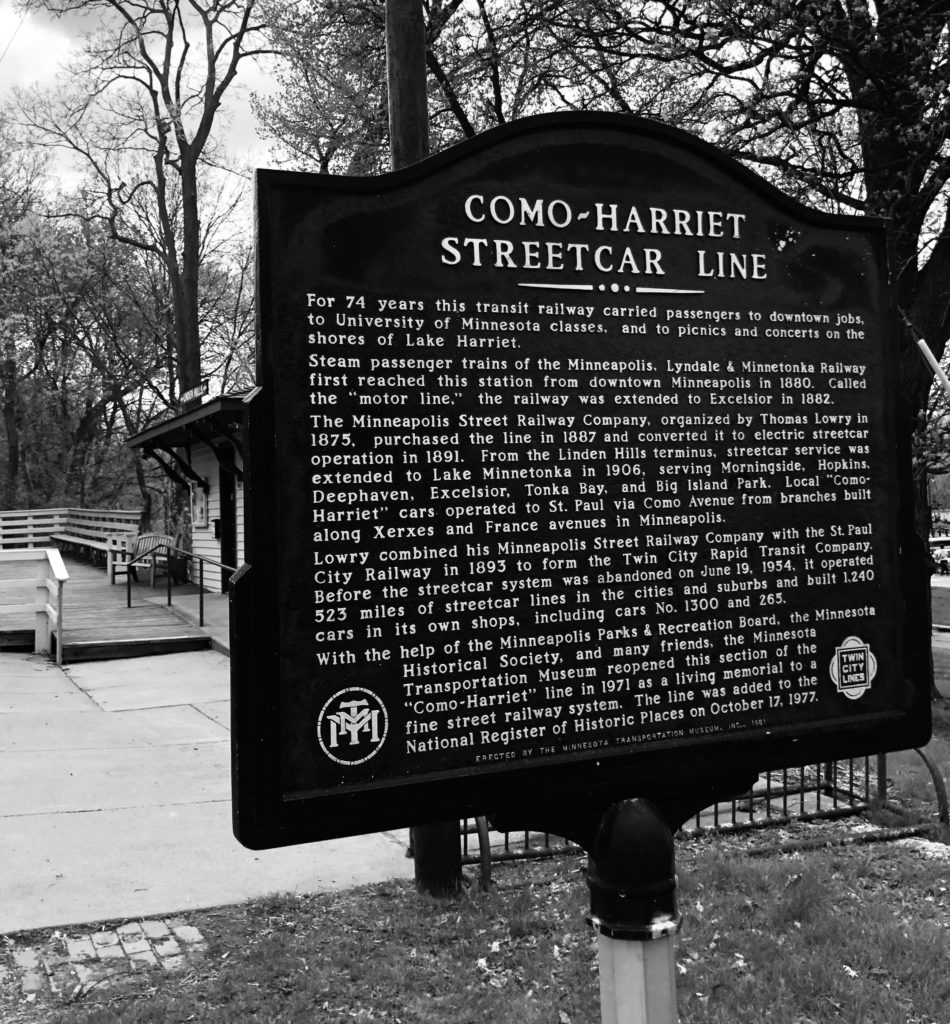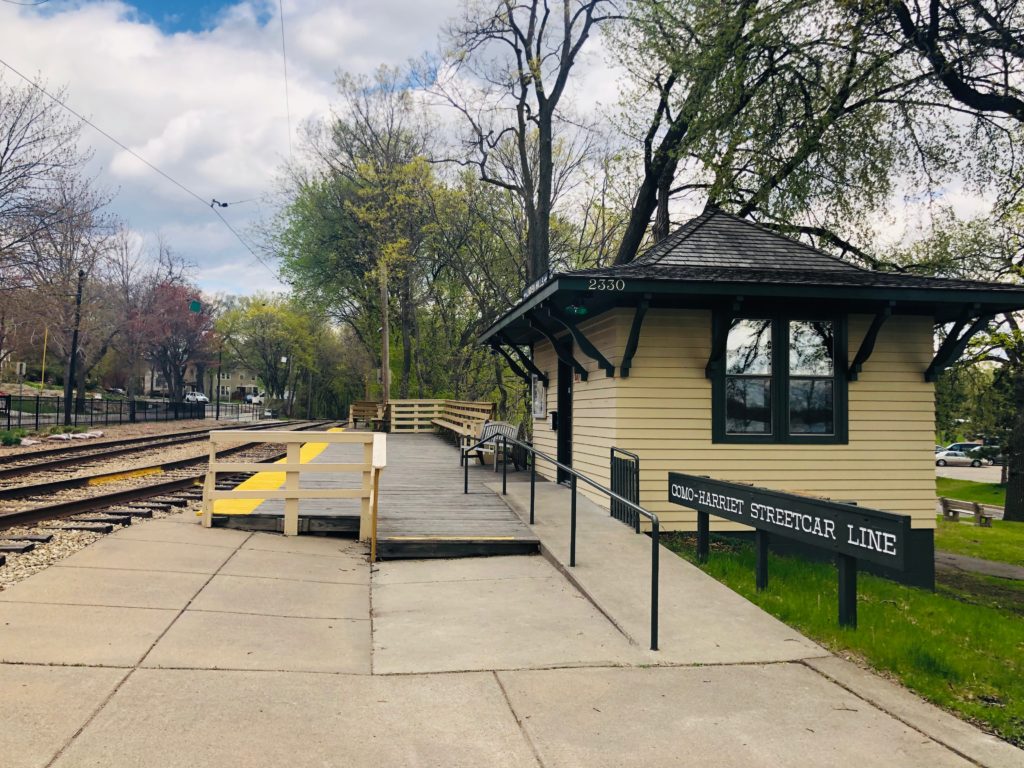The urban expansion and development seen throughout our city shines brightly today. However, Minneapolis maintains a lingering ghost from the industrial past: an intricate framework of railroads, left behind from the mining, logging, and agricultural successes once only championed by the momentum of a locomotive engine. Though their use to transport grain and iron ore has since expired, many old rail lines have found a second purpose, living on as new bike trails, pedestrian bridges, or historical landmarks seen and felt in several Minneapolis parks.
Looking out my office window into Minnehaha Regional Park, my eye is drawn to the grassy, weed covered, meager remains of a railroad track running past. A lonely strip of wood and oxidized iron, long out of operation, got me thinking about the history of what was once a key factor of industrialization and production in Minneapolis. This curiosity led to the first noteworthy mention in this list of 6 Railways in Minneapolis Parks: A Second Life.
1. Minnehaha Regional Park and “The Princess Depot”

Photo Courtesy of MPRB 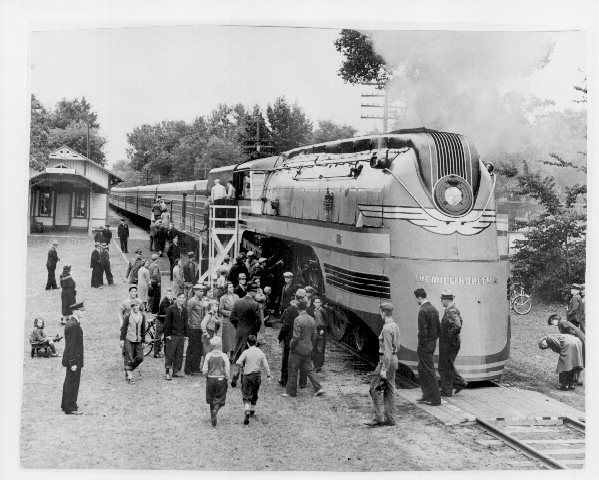
Photo Courtesy of mnopedia.org
The railway I see outside my window runs south along the river towards the old Minnehaha Depot, also known as the Princess Depot. It was built in 1875 and nicknamed the Princess Depot for its delicate gingerbread detailing. It served as a station on the Milwaukee Road railroad for many years and was used for easy access into Minnehaha Regional Park.
A year after the station closed in 1963, the Minnesota Historical Society acquired the station, and with help from the Minnesota Transportation Museum, restored the building to showcase a historic representation from its glory days. The station is open for viewing on Sundays during the summer from 1:30 to 4:30pm.
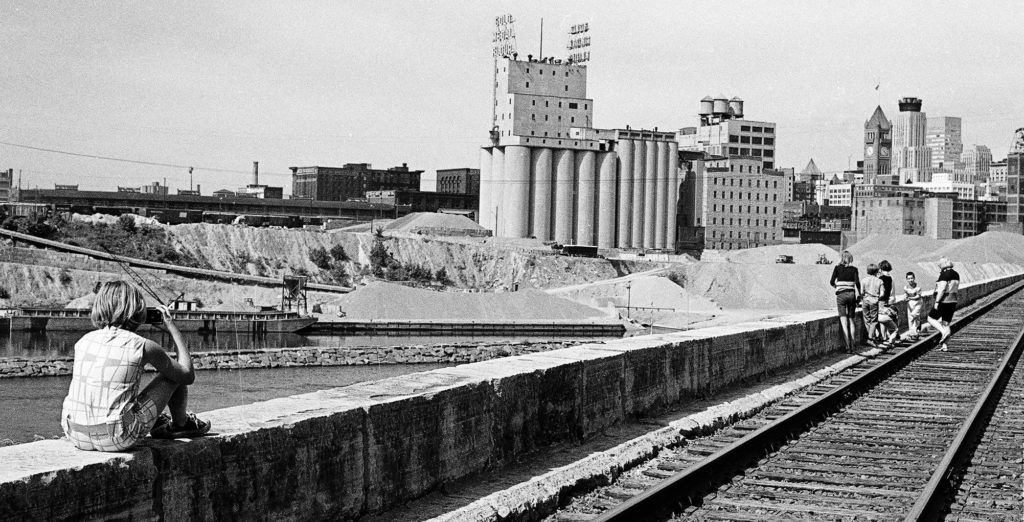

The Stone Arch Bridge was originally constructed in 1883 as a railway line for the Great Northern Railway, intended to connect the bustling Minneapolis west bank with the St. Anthony east bank, as the cities began merging into one. The railroad was designed in parallel with the conception of the new Union Depot in Minneapolis (built 1913), also known as the Minneapolis Great Northern Depot.
The Stone Arch Bridge ceased to be used as a railroad in 1978, however is wasn’t until the early 1990s that it was repaired and reimagined into the pedestrian and bicycle bridge we know and love today.
3. Boom Island-Nicollet Island Pedestrian Bridge
Built by Wisconsin Central Railway in 1901, this railroad was constructed to serve the logging industry at Boom Island. Though this line itself was less than a mile long, its function still had a large impact on the city of Minneapolis. When it switched hands to the Chicago & North Western Railway in 1968, its use was terminated.
It was in 1987 that the bridge was refurbished and designed as a bicycle and pedestrian walkway. However, the bridge still features its original design and structure, allowing a glimpse into its past life.
Further west from the epicenter of Minneapolis, the great Theodore Wirth Regional Park boasts countless trails, bikeways, ski fields, golf courses, and endless green space. However, in the early to mid 20th century, it was the setting for the Electric Short Line Railway, also known as Luce Electric Lines (gaining the nickname from its longtime operators, the Luce family).
By the mid 1970s, 104 miles of the Luce Line rail had been torn from the ground. However, living on in its memory, the Luce Line Regional Trail and State Trail is now a 63-mile bike and pedestrian trail stretching through beautifully preserved countryside. Also, you can still see parts of the old rail line running parallel to the Luce Line Regional Trail in Theodore Wirth Park.
5. Como-Harriet Streetcar Line
The Como-Harriet Streetcar Line is a heritage streetcar line that follows the rails of the original streetcar between Lake Harriet and Bde Maka Ska built in 1898. It was originally erected in an effort to increase public accessibility to Lake Harriet, which was a growing entertainment and recreation destination at the time.
You can travel back in time and ride this historic streetcar line from May to November.

Once a railroad roundhouse, used for servicing and storing locomotives, Ole Olson Park is now a desirable destination for walkers and bikers, offering stunning views of the city. Ole Olson Park has been the focus of many restoration projects in the recent years, aimed to restore the ecology of this site by reintroducing native vegetation that once thrived along the banks of the Mississippi river.
In Conclusion
Since the 1920s Minnesota has seen about a 50% decrease in its railroad infrastructure, from 9,100 miles of track in its heyday down to 4,600 miles. Although the physical remains of these old railways no longer service the rail industry, their prominence and use in Minneapolis continues to this day, changing in shape and form, as we continue to fulfill the needs of new generations in our growing city.
To learn more about Railways in Minneapolis and Minnesota visit:
Hennepin Overland Railway Historical Society
The Minnesota Streetcar Museum

